Did you know that many of the scraps you toss in the trash can actually grow into beautiful, thriving plants? This list of 19 everyday kitchen scraps shows you how to transform what would be waste into stunning greenery for your home or garden. It’s an eco-friendly way to recycle and add fresh life to your space.
From vegetable tops to fruit seeds, these kitchen scraps are surprisingly easy to regrow with just a little water and patience. Not only will you save money, but you’ll also enjoy the satisfaction of watching your plants flourish from something that once seemed useless.
Whether you have a spacious garden or just a sunny windowsill, these plants grown from scraps will bring charm and freshness to any corner. Get ready to rethink your kitchen waste and embrace a greener lifestyle!
Avocado Pit
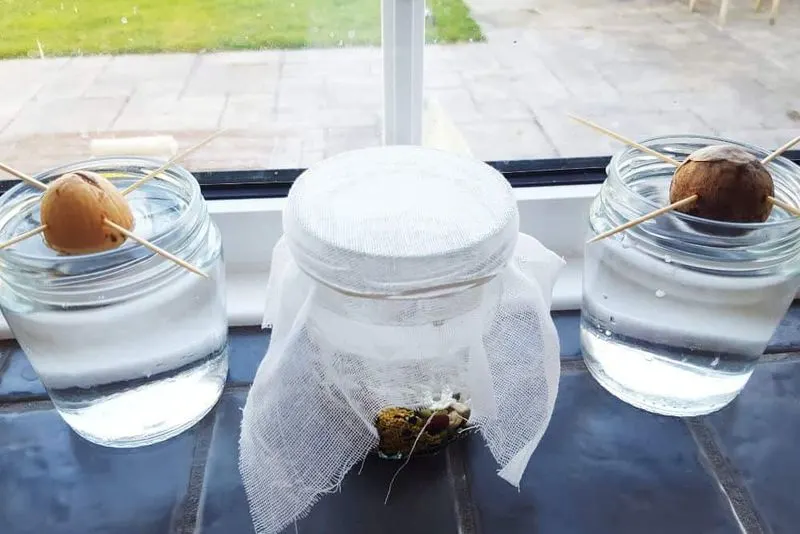
The avocado pit, often discarded, can be the beginning of a lush plant. Start by suspending the pit with toothpicks over a glass of water, allowing the bottom to sit in the water. Within a few weeks, you’ll witness roots stretching downwards and a sprout shooting upwards. Patience is key here, as the transformation isn’t overnight. Avocado plants make delightful houseplants, with their glossy leaves offering a tropical touch. Did you know? Avocados have been cultivated since 500 B.C. by Mesoamerican tribes. Engage family or friends in this nurturing process and enjoy watching nature’s work.
Pineapple Crown
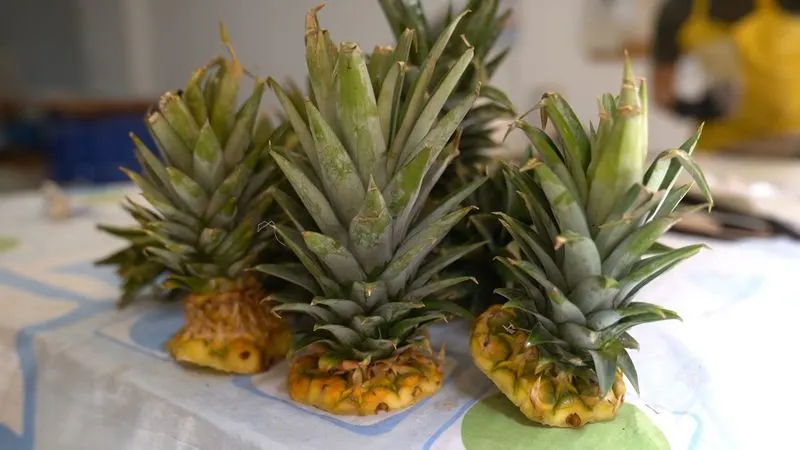
Who could imagine that the crown of a delicious pineapple could grow into a plant of its own? Carefully twist off the crown, ensuring none of the fruit’s flesh remains, and let it dry for a day or two. Place it in a shallow dish of water and watch as roots begin to form. Once established, transfer it to soil. This tropical beauty not only adds exotic flair to your home but with enough care, might even produce a mini pineapple someday! Pineapples were once considered a symbol of luxury and hospitality in Europe.
Potato Eyes
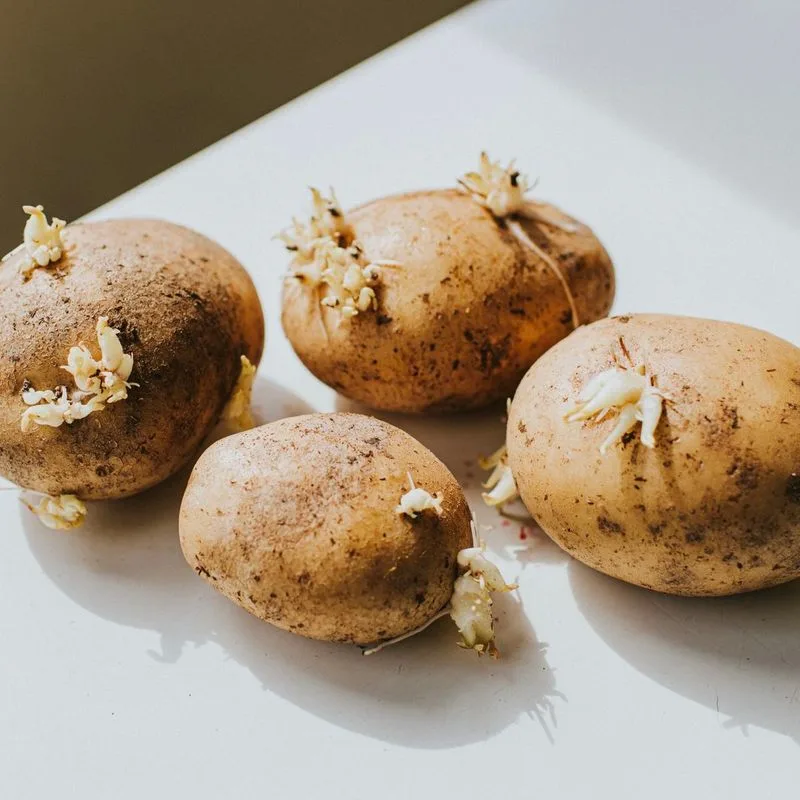
Those little eyes on a potato are actually potential new plants waiting to grow. Cut the potato into pieces, ensuring each piece has at least one eye, then allow them to dry out for a couple of days. Plant them in soil, eye-side up, and let nature take charge. You’ll soon notice shoots reaching for the sun. This process not only reduces waste but can also provide you with your own potato harvest. Did you know? Potatoes were the first vegetable to be grown in space. Their resilience is impressive, even beyond Earth!
Carrot Tops
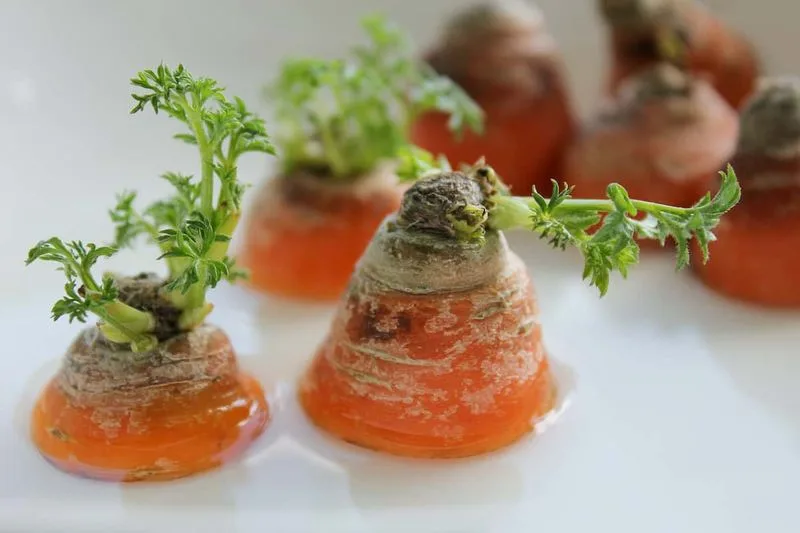
The humble carrot top, often overlooked, can be reborn into lush greenery. Place the top in a shallow dish of water and witness the transformation as green shoots emerge. While these tops won’t grow new carrots, they do offer fresh greens for salads or garnishes. Their delicate leaves are perfect for adding a touch of nature to your kitchen decor. Fun fact: Carrots were originally purple or yellow, and only later became the orange hue we know today. Embrace these vibrant greens and let them brighten your space.
Celery Base
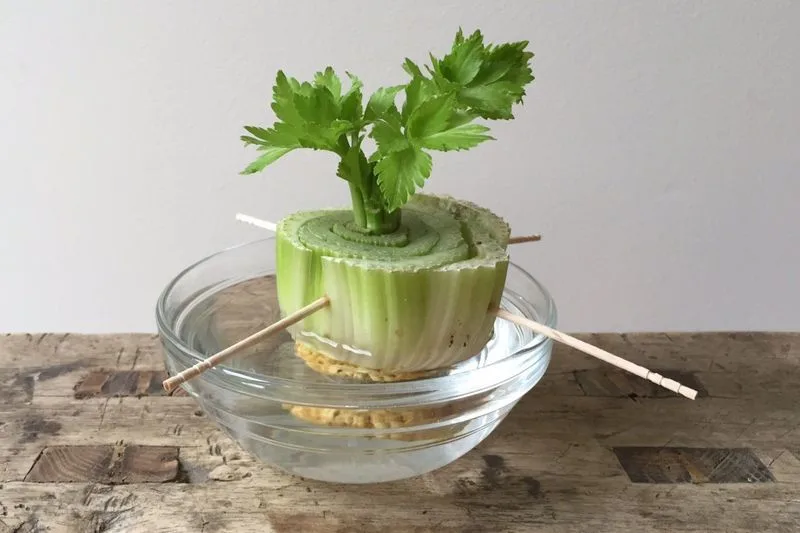
The often-discarded celery base can regrow into a fresh plant with ease. Simply place it in a bowl of water and watch as new shoots begin to form from the center. This regrowth is not only fascinating but also practical, providing fresh celery leaves for cooking. Celery has been cultivated since ancient times and was even used as a medicinal plant. Its ability to regrow makes it a fantastic addition to your kitchen gardening projects, allowing you to enjoy fresh produce again and again.
Garlic Cloves
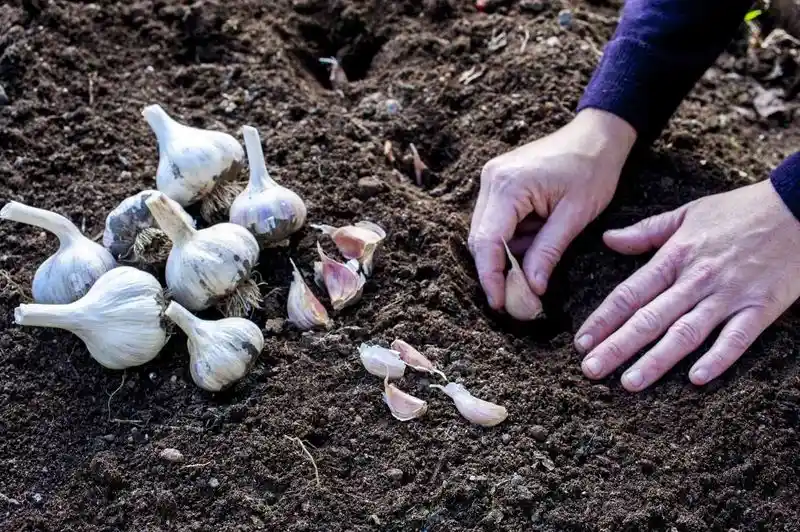
Tossing out sprouted garlic cloves is a missed opportunity for home gardening. Plant the cloves in soil with the pointed end facing up, and soon you’ll have fresh garlic greens for culinary use. The process is rewarding and requires minimal effort. Garlic has been valued throughout history for its medicinal properties, and growing your own can be both satisfying and beneficial for your kitchen. Whether you use the greens or wait for full bulbs, garlic will thrive with just a bit of sunlight and water.
Onion Bottoms
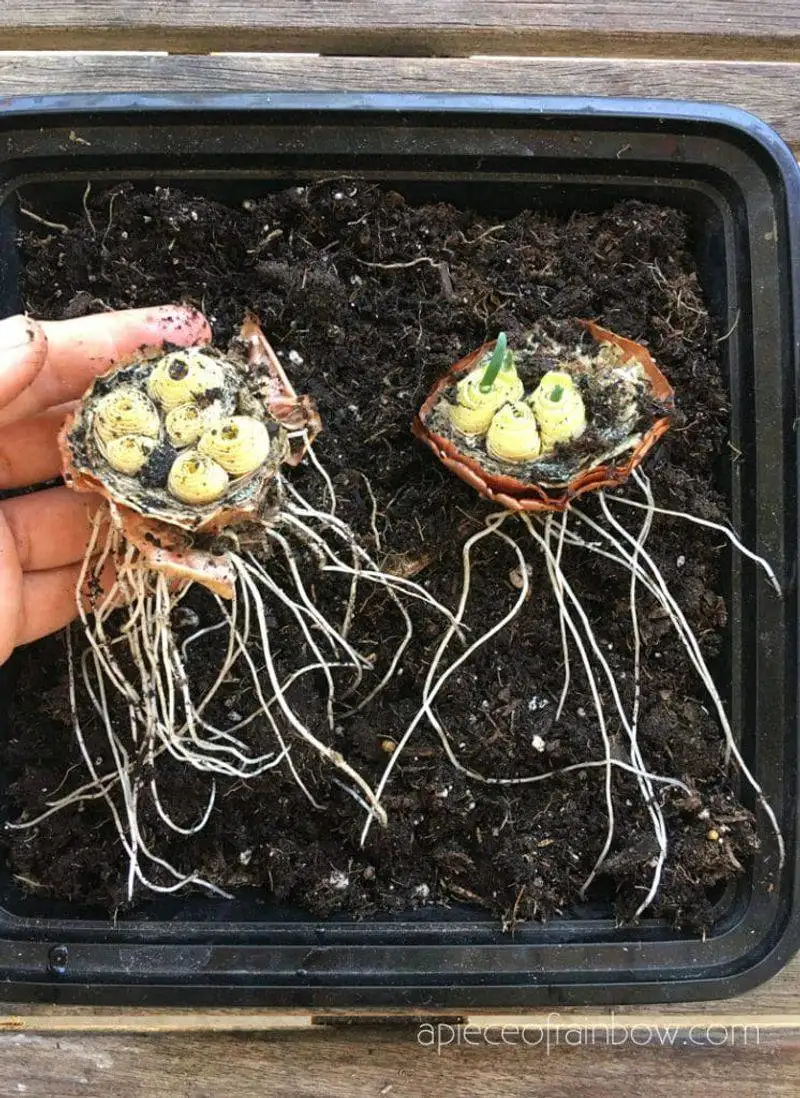
The base of an onion, when given a second chance, can grow into a new plant. Place the bottom in a dish of water and watch as roots and green shoots begin to form. Once established, transplant it into soil for a continuous supply of fresh onions. This method not only reduces waste but also ensures you have a fresh ingredient at hand. Onions have been cultivated for thousands of years, celebrated for their versatility in cooking and their health benefits.
Ginger Root
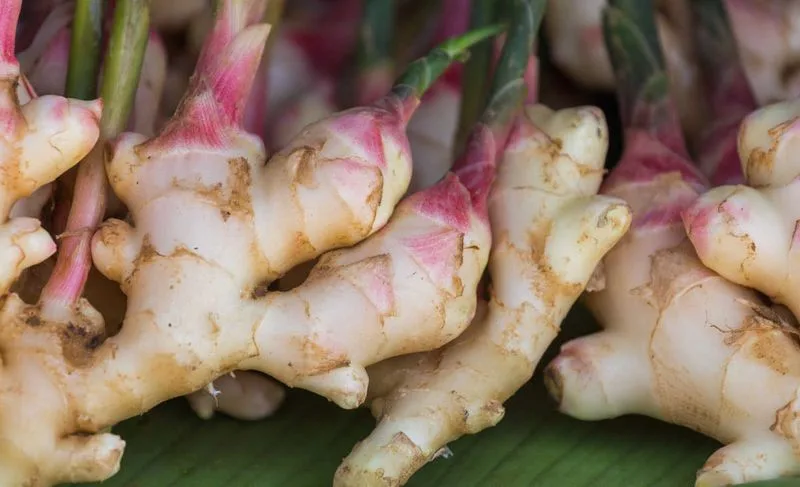
Ginger root, with its knobby appearance, holds the potential for new growth. Select a piece with visible buds and place it in soil, making sure the buds face upwards. Over time, shoots will appear, and you’ll have your own ginger plant. This aromatic spice is not only a culinary favorite but also prized for its health benefits. Growing ginger at home provides freshness and ensures you always have this versatile ingredient available. Fun fact: Ginger has been used in traditional medicine for over 5,000 years.
Lettuce Stumps
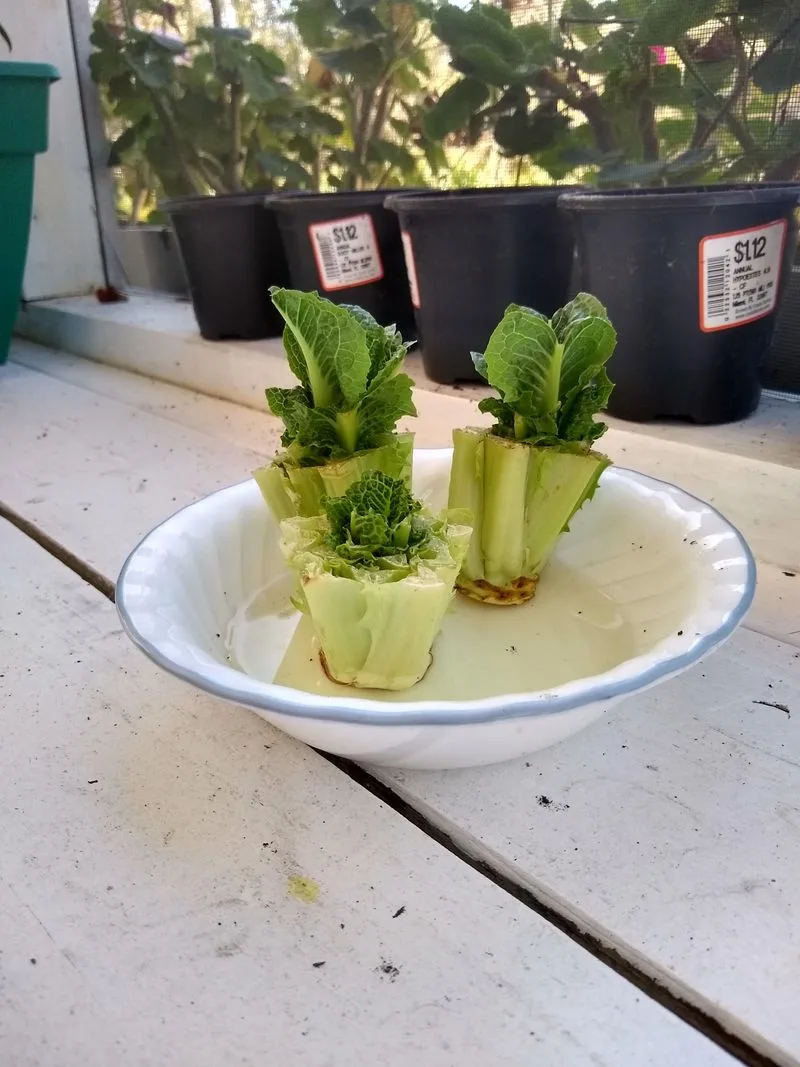
The stump of a lettuce head can surprise you with its regrowth capabilities. Place it in water, and soon enough, new leaves will begin to sprout from the center. These fresh greens can be harvested for salads or sandwiches, adding a crisp touch to your meals. This practice is not only economical but also environmentally friendly. Lettuce has been cultivated since ancient Egypt, and its regrowth potential makes it a staple for home gardeners seeking sustainability.
Pumpkin Seeds

While often roasted for snacks, pumpkin seeds can also become the start of new plants. Clean the seeds and allow them to dry before planting in soil. With time, they will sprout into vines that could produce more pumpkins. This cyclical nature of growth reflects the pumpkin’s historical significance as a staple crop. Pumpkins were first cultivated by Native Americans and continue to be a beloved part of fall traditions. Growing your own plants from seeds is an enriching experience, connecting you to centuries of agricultural history.
Apple Seeds
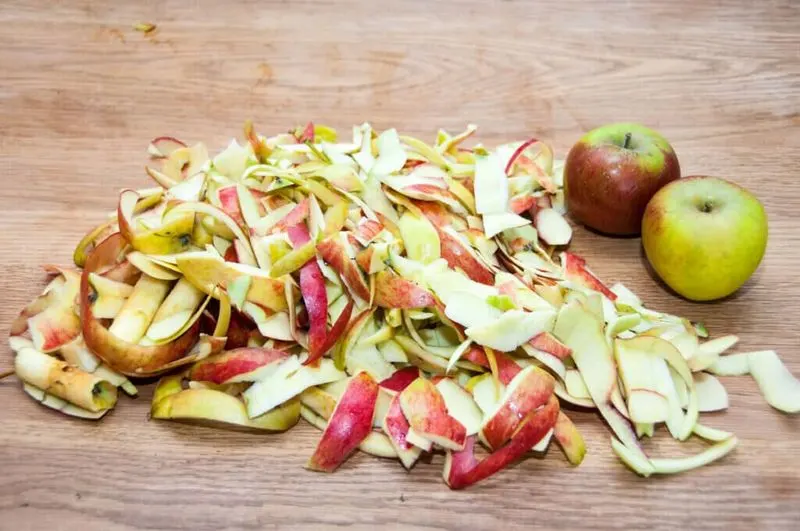
Tossing apple seeds may seem harmless, but these tiny seeds can grow into majestic trees. Plant them in soil, keep them watered, and with patience, they’ll sprout into saplings. Apples have been symbolic of knowledge and temptation throughout history, but they also represent growth and renewal. While growing an apple tree from seed takes time and may not produce identical fruit, the journey itself is rewarding. Enjoy the process and watch as a simple seed becomes a symbol of potential and perseverance.
Cilantro Stems
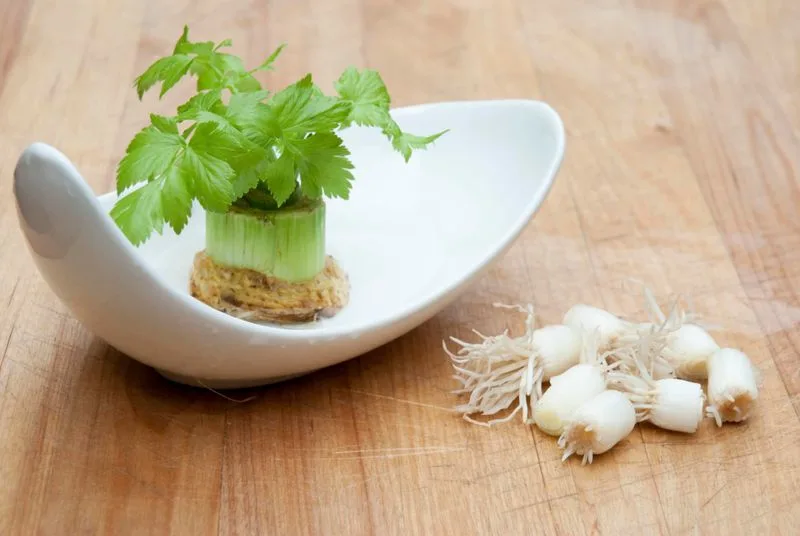
If you love fresh herbs, don’t throw away those cilantro stems. Place them in a glass of water, and soon you’ll notice roots forming. Transplant them into soil, and fresh cilantro leaves will soon be at your fingertips. This method of regrowth not only saves money but ensures your herbs thrive with flavor. Cilantro is a staple in cuisines worldwide, cherished for its distinctive taste. Growing it at home guarantees you have this essential ingredient ready to elevate your culinary creations.
Lemon Seeds

The zesty potential of lemon seeds is often overlooked. Plant these seeds in moist soil, and with care, they’ll grow into fragrant citrus trees. Though cultivating a lemon tree requires patience, the reward of fresh lemons is worth the wait. Lemons have been celebrated for their refreshing flavor and health benefits, making them a valuable addition to any home. Start with seeds, and watch as your efforts blossom into a vibrant plant, offering both beauty and practicality.
Mango Pit

The pit of a mango, often discarded after enjoying the sweet fruit, holds the promise of new growth. Clean the pit and suspend it in water, allowing roots to form. Once established, plant it in soil and wait for a lush tree to develop. Mangoes have been cultivated for over 4,000 years, cherished for their sweetness and nutritional benefits. Growing a mango tree at home connects you to this rich history, providing a beautiful plant that serves as a testament to nature’s bounty.
Basil Cuttings
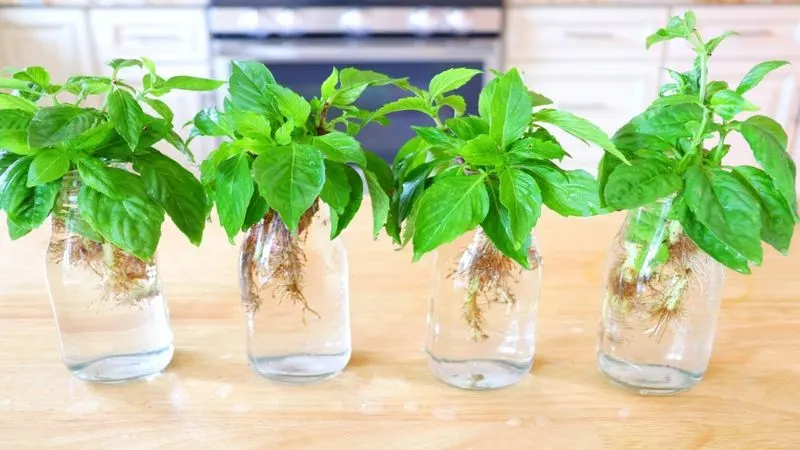
A fresh basil cutting can be the start of a thriving plant. Place it in water, and roots will begin to form within weeks. Transplant into soil, and enjoy the aromatic leaves for cooking. Basil’s rich scent and flavor make it a beloved herb, with historical ties to ancient cultures that revered it as a symbol of love and protection. Growing basil at home not only enhances your meals but also adds a touch of history and tradition to your kitchen.
Tomato Slices
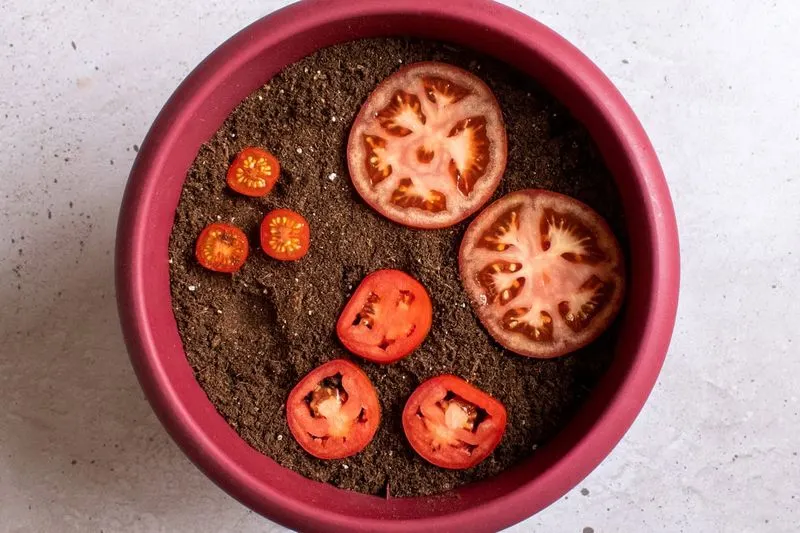
Even a single slice of tomato can lead to a new plant. Place a slice in soil, cover lightly, and keep it moist. Soon, sprouts will appear, signaling the start of new growth. Tomatoes have a fascinating history, having traveled from Central America to Europe, where they were initially met with suspicion. Today, they are a staple in global cuisine. This simple method of regrowing tomatoes is a nod to their journey, showcasing their resilience and versatility.
Bell Pepper Seeds

The seeds from a bell pepper can be the beginning of colorful new plants. Clean and dry them before planting in soil. With proper care, they’ll sprout into plants that produce vibrant peppers. Bell peppers are rich in vitamins and have been part of human diets for thousands of years. Cultivating them at home ensures a fresh supply for culinary use, while also adding a splash of color to your garden. Embrace the joy of growing your own and savor the results.
Chili Pepper Seeds
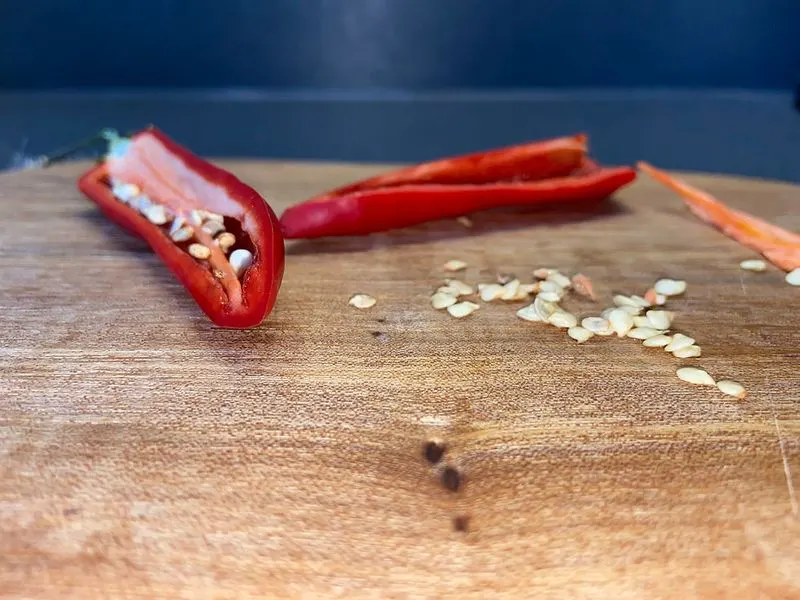
The fiery potential of chili pepper seeds is a gardener’s delight. Plant the seeds in warm soil, and soon enough, you’ll have a thriving chili plant. These peppers are celebrated for their heat and flavor, adding a kick to dishes worldwide. Originating in the Americas, chili peppers have a long history of cultivation and have become a staple in various cuisines. Growing them at home allows you to enjoy their bold flavor fresh from the plant, right in your kitchen.
Sweet Potato Slips
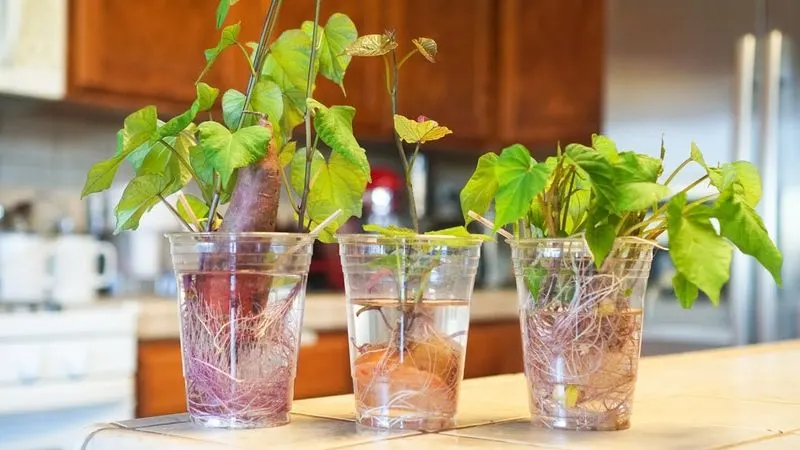
Sweet potatoes can be regrown through slips, a method that turns this tuber into a new plant. Place the potato in water, and slips will start to emerge from the eyes. Once these slips have roots, transplant them into soil. Sweet potatoes are not only delicious but packed with nutrients, making them a great addition to your home garden. Their ability to regrow from scraps is a testament to nature’s efficiency and provides a rewarding gardening experience.

